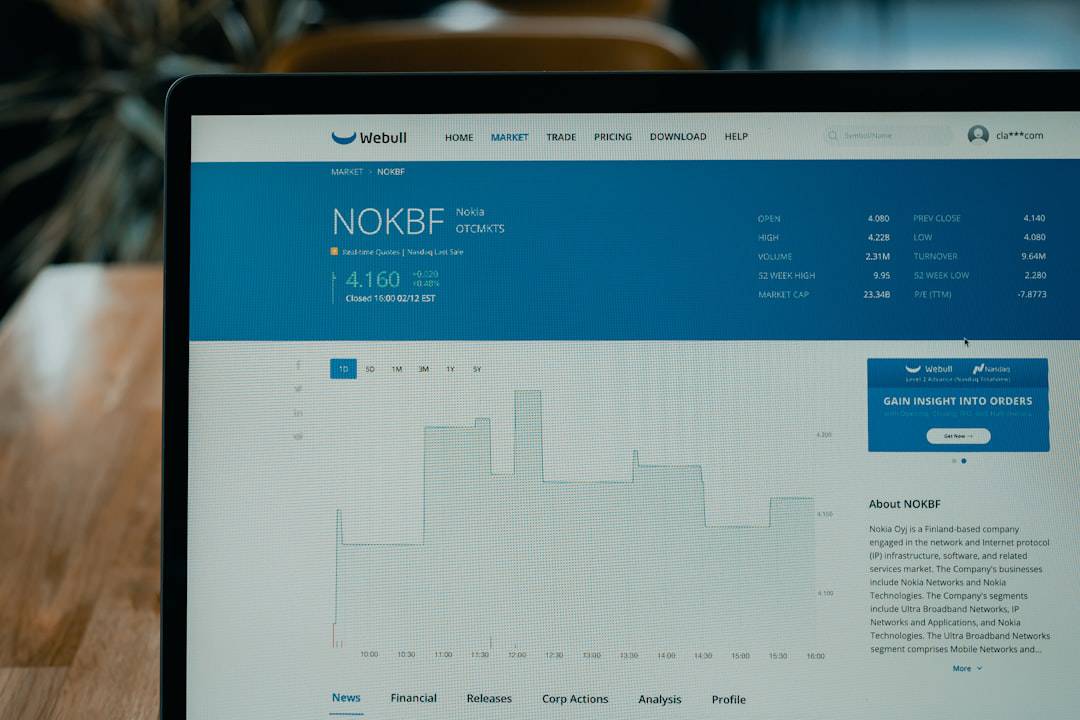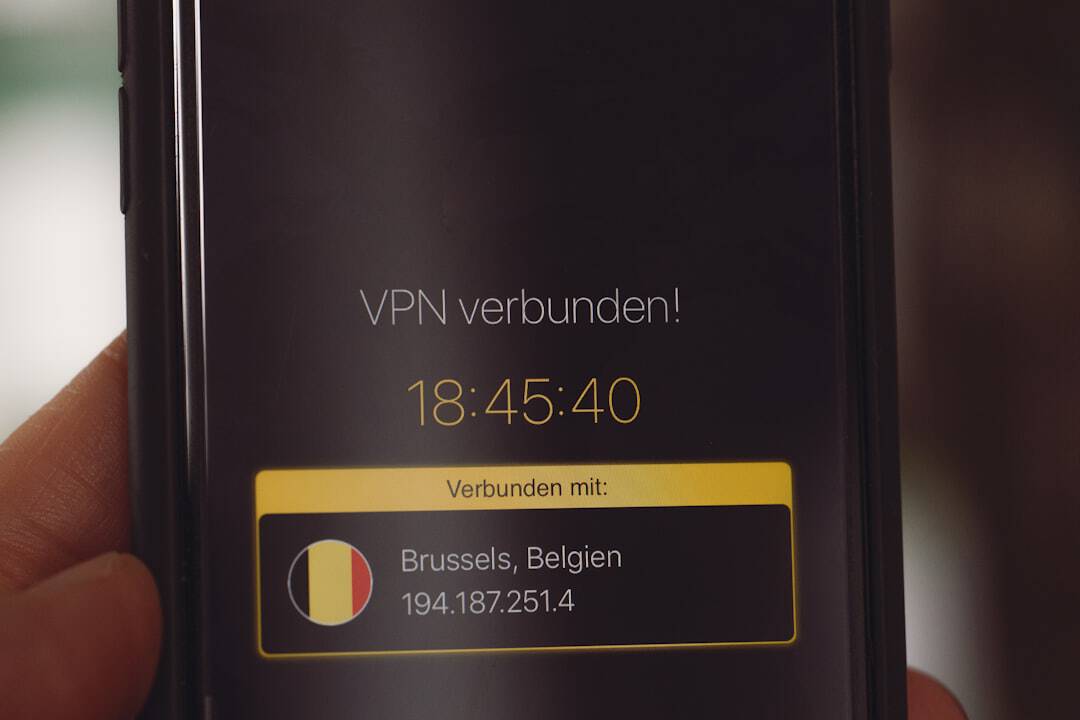Zero Trust Network Access (ZTNA) is a security model that operates on the principle of not trusting any user or device by default, regardless of their location within or outside the corporate network. This approach contrasts with traditional security models that assume internal network elements are trustworthy and focus primarily on perimeter security. ZTNA recognizes that threats can originate from both internal and external sources, necessitating a need-to-know basis for granting access.
ZTNA utilizes various technologies including identity and access management (IAM), multi-factor authentication (MFA), encryption, and micro-segmentation to ensure that only authorized users and devices can access specific resources. The model emphasizes ongoing monitoring and verification of user and device behavior to identify and address any suspicious activities. By implementing ZTNA, organizations can significantly reduce risks associated with unauthorized access, data breaches, and lateral movement of threats within their network.
In essence, Zero Trust Network Access is a security framework that assumes no inherent trust within the network, requiring strict access controls, continuous monitoring, and verification of user and device behavior to mitigate security risks.
Key Takeaways
- Zero Trust Network Access (ZTNA) is a security model that requires strict identity verification for every person and device trying to access resources on a private network, regardless of whether they are inside or outside the network perimeter.
- Implementing ZTNA can lead to improved security, reduced risk of data breaches, and better protection for sensitive information, as it limits access to only authorized users and devices.
- Key components of ZTNA include identity verification, continuous monitoring, least privilege access, and micro-segmentation, which all work together to create a more secure network environment.
- ZTNA enhances network security by providing a more granular and dynamic approach to access control, reducing the attack surface, and enabling better visibility and control over network traffic.
- Best practices for implementing ZTNA include conducting a thorough assessment of current network security, defining access policies based on user and device identity, and regularly monitoring and updating access controls to adapt to changing threats and user needs.
- Challenges and considerations for implementing ZTNA include the need for strong authentication methods, potential user resistance to new access controls, and the complexity of integrating ZTNA with existing network infrastructure and applications.
- The future of ZTNA is expected to involve greater integration with cloud-based services, improved automation and orchestration capabilities, and continued evolution of access control technologies to keep pace with emerging threats and user behaviors.
The Benefits of Implementing Zero Trust Network Access
Granular Access Controls
Zero Trust Network Access provides granular access controls, allowing organizations to define and enforce specific access policies based on user roles, device types, and contextual factors such as location and time of access. This ensures that only authorized users and devices can access sensitive resources, reducing the risk of unauthorized access and data breaches.
Improved Visibility and Control
ZTNA improves visibility and control over network traffic by implementing micro-segmentation, which divides the network into smaller segments and applies access controls at a more granular level. This approach limits the lateral movement of threats within the network, making it more difficult for attackers to move laterally and escalate their privileges.
Enhanced User Experience and Alignment with Modern Threat Landscapes
ZTNA enhances user experience by enabling secure remote access to resources without the need for a traditional VPN. This allows employees to work from anywhere while ensuring that their access is secure and compliant with organizational policies. Additionally, ZTNA supports a zero-trust approach to security, which aligns with modern threat landscapes where traditional perimeter-based security measures are no longer sufficient to protect against advanced threats.
Key Components of Zero Trust Network Access

Zero Trust Network Access is built on several key components that work together to enforce strict access controls and mitigate security risks. Firstly, identity and access management (IAM) plays a crucial role in ZTNA by authenticating and authorizing users based on their identity, role, and permissions. IAM solutions ensure that only authorized users can access specific resources and that their access is aligned with organizational policies.
Secondly, multi-factor authentication (MFA) is an essential component of ZTNA that adds an extra layer of security by requiring users to provide multiple forms of verification before accessing resources. This could include something they know (password), something they have (smartphone for receiving a code), or something they are (biometric authentication). MFA significantly reduces the risk of unauthorized access even if credentials are compromised.
Encryption is another key component of ZTNA that ensures data privacy and integrity by securing data both at rest and in transit. By encrypting sensitive information, organizations can prevent unauthorized access and data breaches, even if attackers manage to infiltrate the network. Lastly, micro-segmentation is a critical component of ZTNA that divides the network into smaller segments and applies access controls at a granular level.
This approach limits the lateral movement of threats within the network, making it more difficult for attackers to move laterally and escalate their privileges. In summary, key components of Zero Trust Network Access include identity and access management (IAM), multi-factor authentication (MFA), encryption, and micro-segmentation, all of which work together to enforce strict access controls and mitigate security risks.
How Zero Trust Network Access Enhances Network Security
| Metrics | Description |
|---|---|
| Reduced Attack Surface | Zero Trust Network Access limits access to only authorized users and devices, reducing the attack surface for potential threats. |
| Continuous Monitoring | Zero Trust Network Access enables continuous monitoring of user and device behavior, allowing for quick detection of any suspicious activity. |
| Granular Access Control | Zero Trust Network Access provides granular control over user access, ensuring that users only have access to the resources they need. |
| Improved Compliance | Zero Trust Network Access helps organizations meet compliance requirements by enforcing strict access controls and monitoring user activity. |
| Enhanced Data Protection | Zero Trust Network Access helps protect sensitive data by restricting access and monitoring data flows within the network. |
Zero Trust Network Access enhances network security by implementing a proactive security model that assumes no trust within the network. By enforcing strict access controls based on user identity, device type, location, and other contextual factors, ZTNA significantly reduces the risk of unauthorized access and data breaches. Furthermore, ZTNA improves visibility and control over network traffic by implementing micro-segmentation, which divides the network into smaller segments and applies access controls at a granular level.
This approach limits the lateral movement of threats within the network, making it more difficult for attackers to move laterally and escalate their privileges. Additionally, ZTNA supports a zero-trust approach to security, which aligns with modern threat landscapes where traditional perimeter-based security measures are no longer sufficient to protect against advanced threats. By continuously monitoring and verifying user and device behavior, ZTNA can detect and respond to any suspicious activities in real-time, reducing the impact of security incidents.
In conclusion, Zero Trust Network Access enhances network security by enforcing strict access controls, improving visibility and control over network traffic, supporting a zero-trust approach to security, and continuously monitoring and verifying user and device behavior to detect and respond to security incidents.
Best Practices for Implementing Zero Trust Network Access
When implementing Zero Trust Network Access, organizations should follow best practices to ensure a successful deployment and maximize the security benefits. Firstly, organizations should conduct a thorough assessment of their existing network infrastructure, applications, and data to identify critical assets that require protection. This will help in defining access policies and implementing appropriate security controls.
Secondly, organizations should adopt a risk-based approach to access controls by considering contextual factors such as user identity, device type, location, time of access, and behavior. This will enable organizations to enforce granular access controls based on specific risk factors, reducing the likelihood of unauthorized access. Furthermore, organizations should prioritize user education and awareness to ensure that employees understand the importance of adhering to ZTNA policies and best practices.
This includes educating users about the risks of unauthorized access, phishing attacks, and other security threats that ZTNA aims to mitigate. Additionally, organizations should leverage automation and orchestration tools to streamline the implementation of ZTNA policies and ensure consistent enforcement across the network. Automation can help in reducing human error and ensuring that access controls are applied consistently across different resources.
In summary, best practices for implementing Zero Trust Network Access include conducting a thorough assessment of critical assets, adopting a risk-based approach to access controls, prioritizing user education and awareness, and leveraging automation and orchestration tools for consistent enforcement.
Challenges and Considerations for Implementing Zero Trust Network Access

While implementing Zero Trust Network Access offers significant security benefits, organizations may face challenges and considerations during deployment. Firstly, organizations may encounter resistance from employees who are accustomed to more permissive access controls within the network. It is essential for organizations to prioritize user education and awareness to ensure that employees understand the rationale behind ZTNA and its benefits for enhancing security.
Secondly, organizations may face challenges in integrating ZTNA with existing legacy systems and applications that were not designed with zero-trust principles in mind. This may require additional effort in retrofitting or redesigning these systems to align with ZTNA requirements. Furthermore, organizations should consider the potential impact on user experience when implementing ZTNIt is crucial to balance security requirements with user productivity to ensure that employees can seamlessly access resources without unnecessary friction.
Additionally, organizations should carefully consider the scalability of ZTNA solutions to accommodate future growth and changes in network infrastructure. Scalability is essential to ensure that ZTNA can adapt to evolving business needs without compromising security. In conclusion, challenges and considerations for implementing Zero Trust Network Access include resistance from employees, integration with legacy systems, impact on user experience, and scalability to accommodate future growth.
The Future of Zero Trust Network Access
The future of Zero Trust Network Access looks promising as organizations continue to prioritize security in response to evolving threat landscapes. With the increasing adoption of cloud services, remote work arrangements, and mobile devices, the traditional perimeter-based security model is becoming less effective in protecting against advanced threats. As a result, more organizations are recognizing the need for a zero-trust approach to security that focuses on strict access controls and continuous monitoring.
Furthermore, advancements in technologies such as artificial intelligence (AI) and machine learning (ML) are expected to enhance the capabilities of ZTNA by enabling more intelligent threat detection and response. AI-powered analytics can help in identifying anomalous behavior patterns and potential security incidents in real-time, allowing organizations to respond proactively to emerging threats. Moreover, as regulatory requirements continue to evolve globally, ZTNA is expected to play a crucial role in helping organizations achieve compliance with data protection regulations such as GDPR, CCPA, and others.
By enforcing strict access controls and encryption measures, ZTNA can help organizations protect sensitive data and demonstrate compliance with regulatory requirements. In conclusion, the future of Zero Trust Network Access looks promising as organizations recognize the need for a proactive security model that aligns with modern threat landscapes. Advancements in technologies such as AI and ML are expected to enhance the capabilities of ZTNA, while regulatory requirements will continue to drive its adoption for achieving compliance with data protection regulations.
If you’re interested in the intersection of technology and security, you may want to check out this article on artificial intelligence (AI) and its impact on cybersecurity. As organizations continue to adopt Zero Trust Network Access (ZTNA) and Secure Access Service Edge (SASE) solutions, understanding the role of AI in enhancing security measures is crucial. Additionally, exploring the potential of parallel worlds in the metaverse and the implications of augmented reality (AR) can provide valuable insights into the future of digital landscapes and their security challenges.
FAQs
What is Zero Trust Network Access (ZTNA) in the context of Secure Access Service Edge (SASE)?
Zero Trust Network Access (ZTNA) is a security framework that assumes all access to resources is untrusted, regardless of whether the access is coming from inside or outside the corporate network. Secure Access Service Edge (SASE) is a security architecture that combines network security functions with wide-area networking (WAN) capabilities to support the dynamic, secure access needs of organizations. ZTNA is a key component of the SASE framework, providing secure access to applications and resources based on identity and context.
How does ZTNA work within the SASE framework?
ZTNA within the SASE framework uses a variety of techniques, such as identity-based access controls, micro-segmentation, and continuous monitoring, to ensure that only authorized users and devices can access specific resources. This approach helps to minimize the attack surface and reduce the risk of unauthorized access to sensitive data and applications.
What are the benefits of implementing ZTNA as part of a SASE strategy?
Implementing ZTNA as part of a SASE strategy offers several benefits, including improved security posture, enhanced user experience, and simplified management of access controls. By adopting a zero-trust approach, organizations can better protect their resources from unauthorized access and reduce the risk of data breaches and other security incidents.
What are some key considerations for organizations looking to implement ZTNA as part of a SASE strategy?
Organizations considering the implementation of ZTNA as part of a SASE strategy should carefully evaluate their current network architecture, security requirements, and user access patterns. They should also consider the scalability and interoperability of ZTNA solutions with existing infrastructure and applications, as well as the potential impact on user productivity and experience. Additionally, organizations should assess the level of visibility and control provided by ZTNA solutions to ensure that they can effectively monitor and enforce access policies.











Leave a Reply